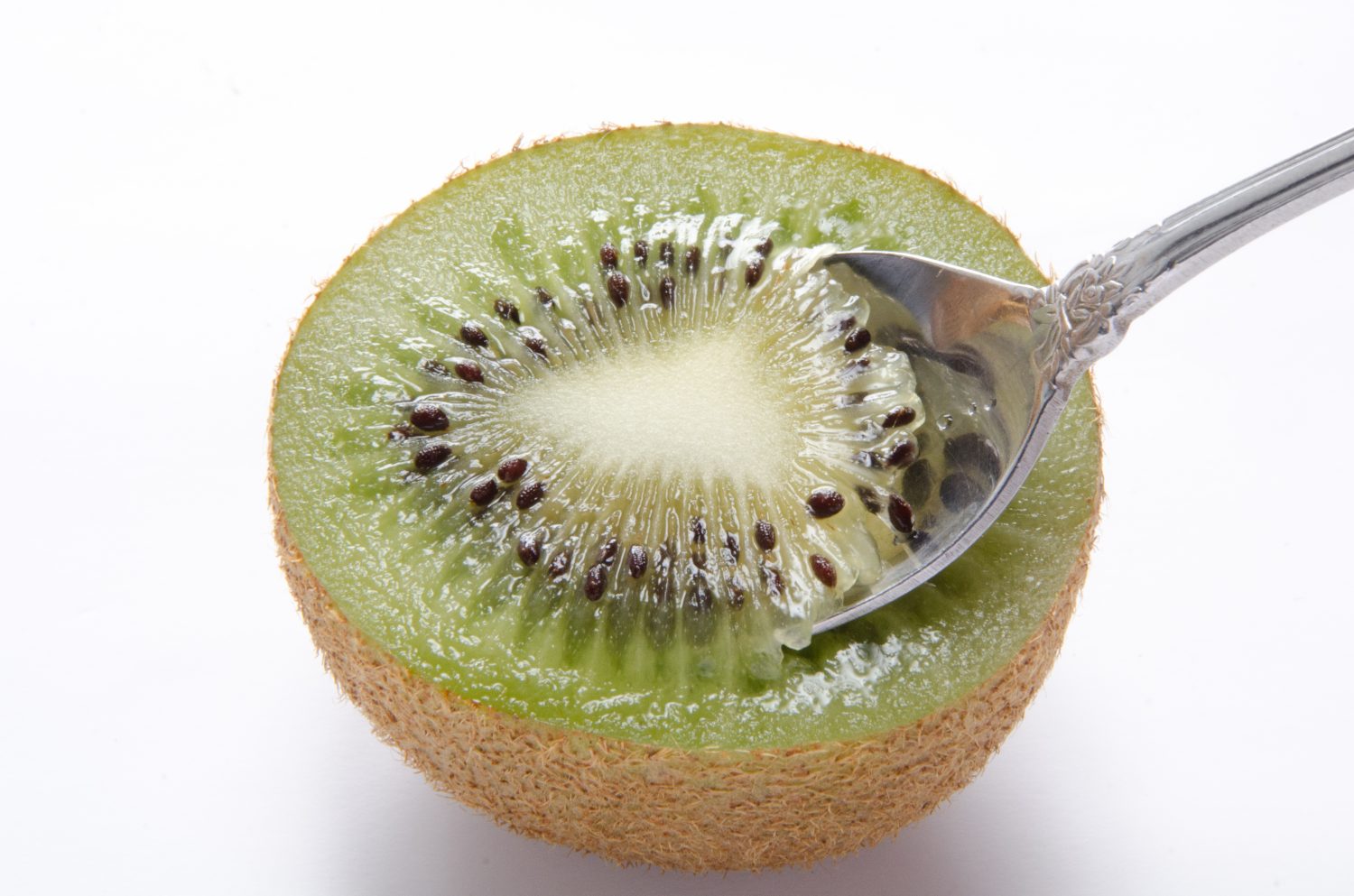Citrus fruit
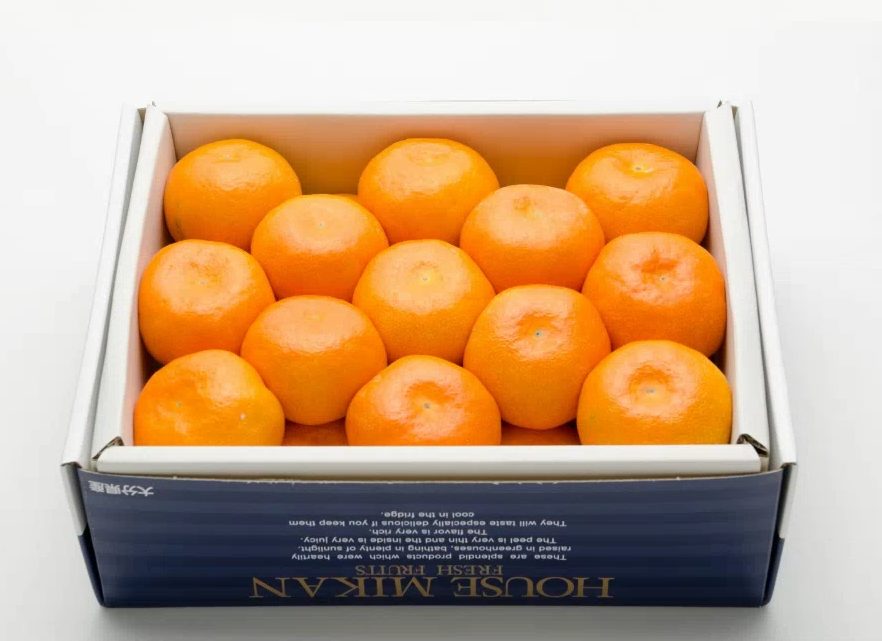
Plasticgreen house culture Satsuma mandarin
Oita boasts the third highest production volume of greenhouse mandarins across Japan, falling just behind of Saga and Aichi. The mandarins are mainly grown in regions with warm climate, including Kitsuki, the coasts of the Kunisaki Peninsula, Tsukumi, Saiki, among other regions. Raised in greenhouses with immaculately controlled humidity and temperature levels, the mandarins are juicy and packed with sweetness. The two major production places (Northern Oita and Southern Oita) merged as one in May 2012 as part of the efforts to strengthen the production and shipment framework.
“The secrets to high sugar content and excellent tastes
Temperatures within the greenhouses are raised to emulate springtime, encouraging the mandarins to flower and resulting in harvest periods earlier than that of their outdoor counterparts. Controlling the amount of water irrigated during the mandarins’ growth period is an important task since it affects final tastes – to produce mandarins with thin membranes and concentrated sweetness, water levels are painstakingly controlled since it is essential to create adequate water stress in the fruit trees. The carefully cultivated fruits are collected at sorting grounds, and are subsequently sorted by light censored sorting machines that carefully select them by sugar content, acidity, color and other criteria. The fruits go through multiple checking processes by machine and human hands before they are shipped to different parts of Japan.
What to look for in a tasty mandarin?
・Peel that’s evenly textured
・Peel that’s smooth and vibrantly colored
・Fine dimples (oil glands) on the peel
・A green and new stem
・Notable weight in the hand, etc.
“History
The cultivar ‘Oita Kaken No.4’ (lit. ‘Oita Fruit Research No.4’) was developed in Oita. Registered in 2009, the cultivar was selected among the various pollen-crosses of the highly sweet Otsu No.8 and the Amakusa. Among the Oita Kaken No.4, the ‘Jelly Orange Sun Celeb’ has been trademarked and is currently sold by the JA Oita Agricultural Cooperative (JA Oita). The brand is produced in qualified farms that have passed site inspections, and only the best of the best is selected based on standards that are established upon every shipment. Selection criteria include cultivation method, aesthetic and size, and sugar content.
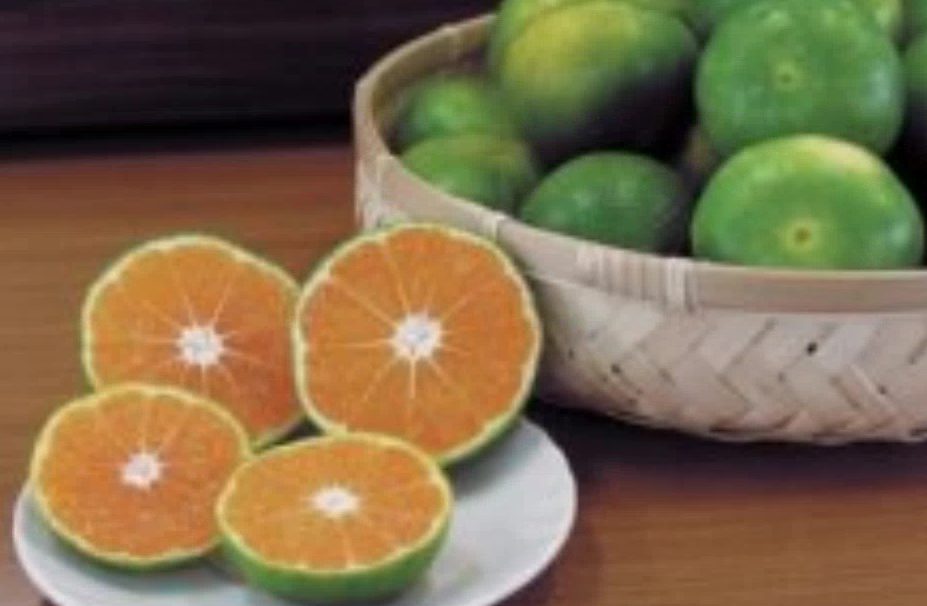
Satsuma mandarin
The variety can be shipped as early as September. The tasty ‘Oita Wase’ is a local specialty mostly grown in mulch, and is gradually being raised in more production areas.

Shiranuhi
Raised in excellent climate conditions, the Dekopon takes after the welcoming traits of the Ponkan and the Kiyomi, and produces juicy fruits with a sweet fragrance. With little to no seeds and thin membranes, the Dekopon can be enjoyed straight as it is.
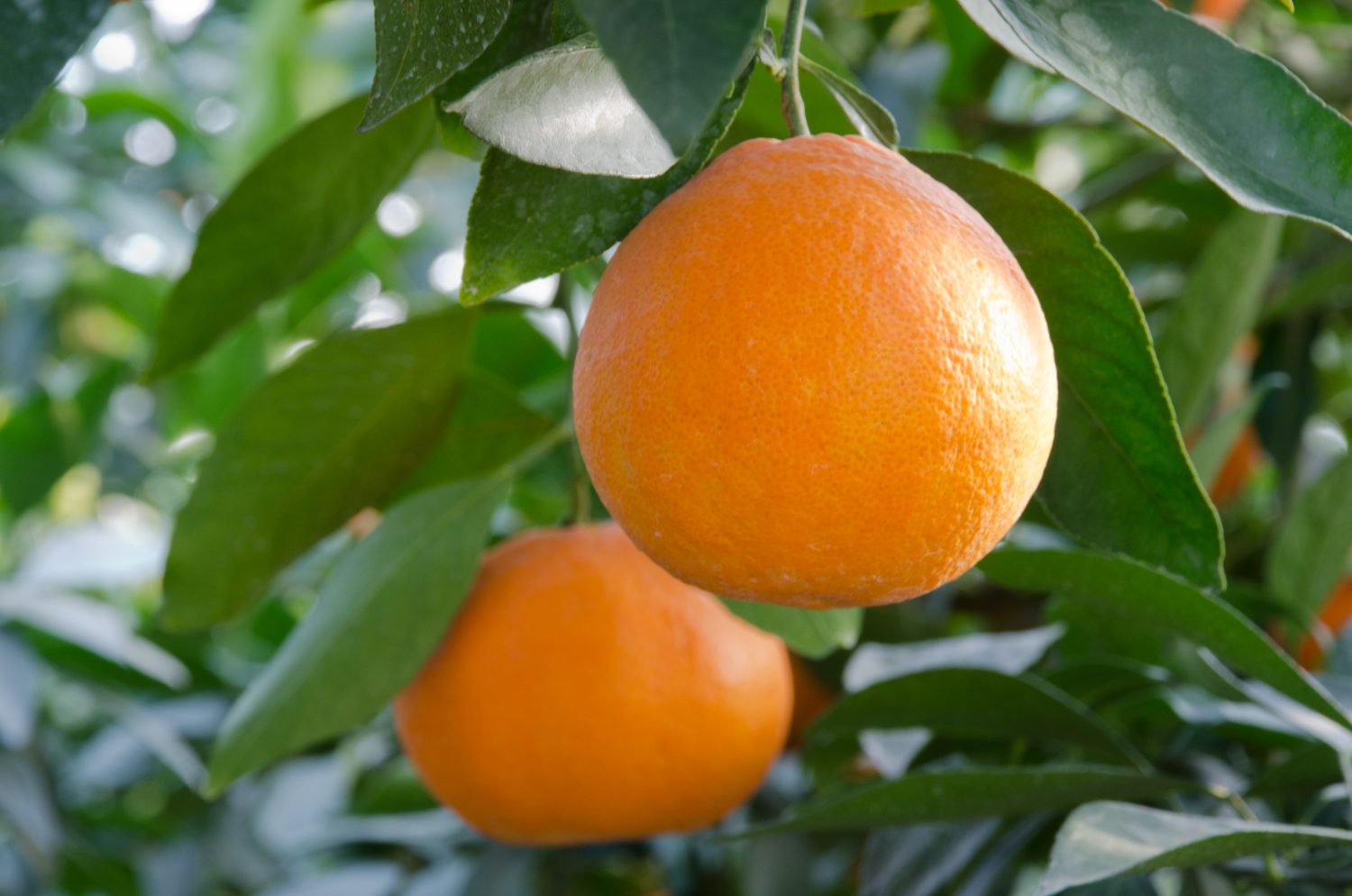
Amakusa
Shipped off under the name ‘Miko’, Oita is placed third on the national production volume ranking of this rare variety.
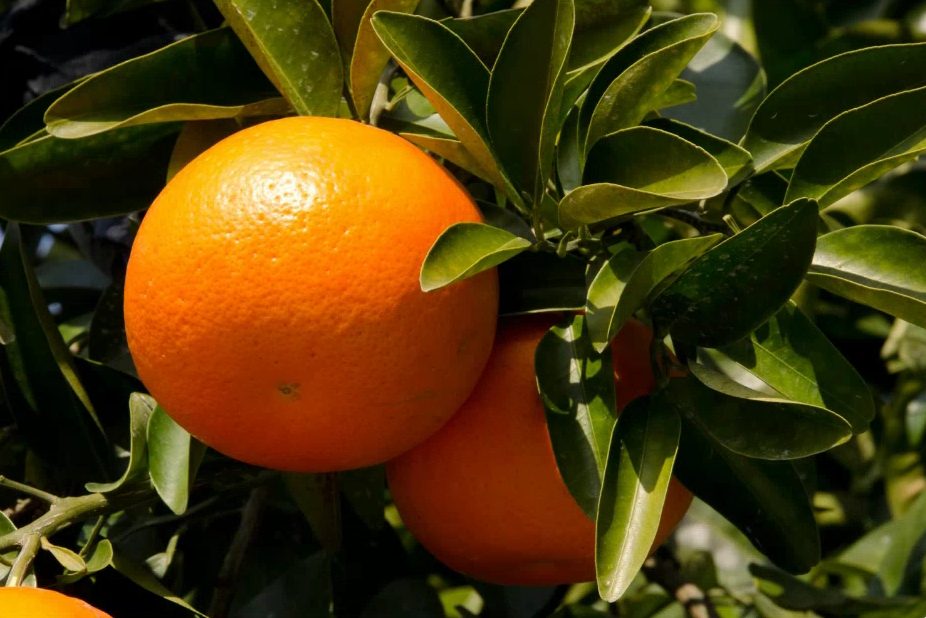
Seminole
Taking advantage of the warm Kuroshio Current, the mild, frostless regions and the steep slopes of the rias coasts, the Seminole are mainly planted on the south of the prefecture and are shipped under the name ‘Sun Queen’. Oita is ranked second across Japan for the production volume of this variety.
Citrus fruit
- Shipping time
- Plasticgreen house culture Satsuma mandarin:April~September 、Satsuma mandarin:November~December 、Shiranuhi :November~April、Amakusa:November~March 、Seminole:March~April
- Transportation form
- Refrigerated
- Contact
- Oitaken Agricultural Co-operatives
